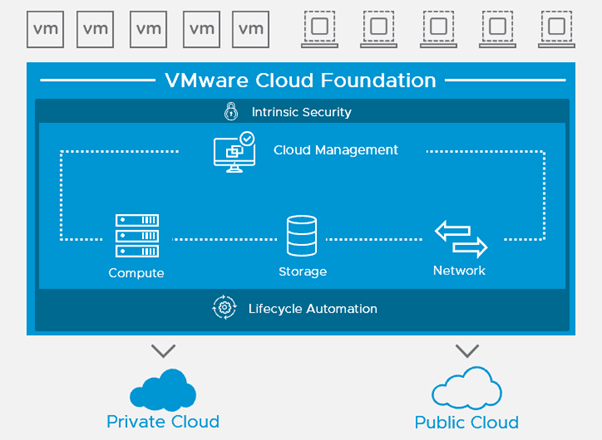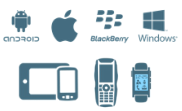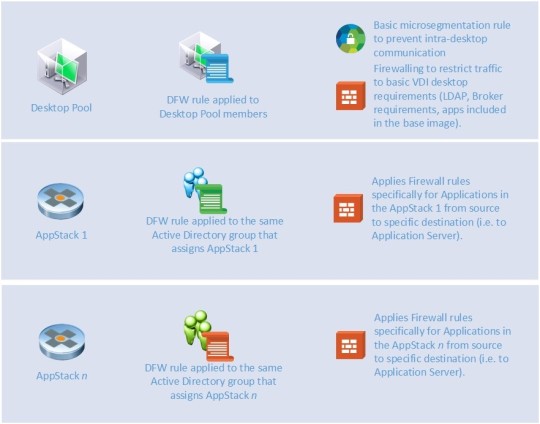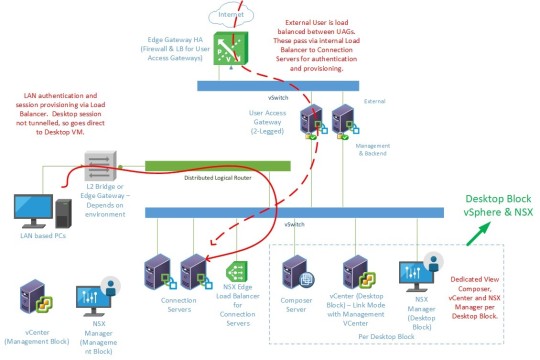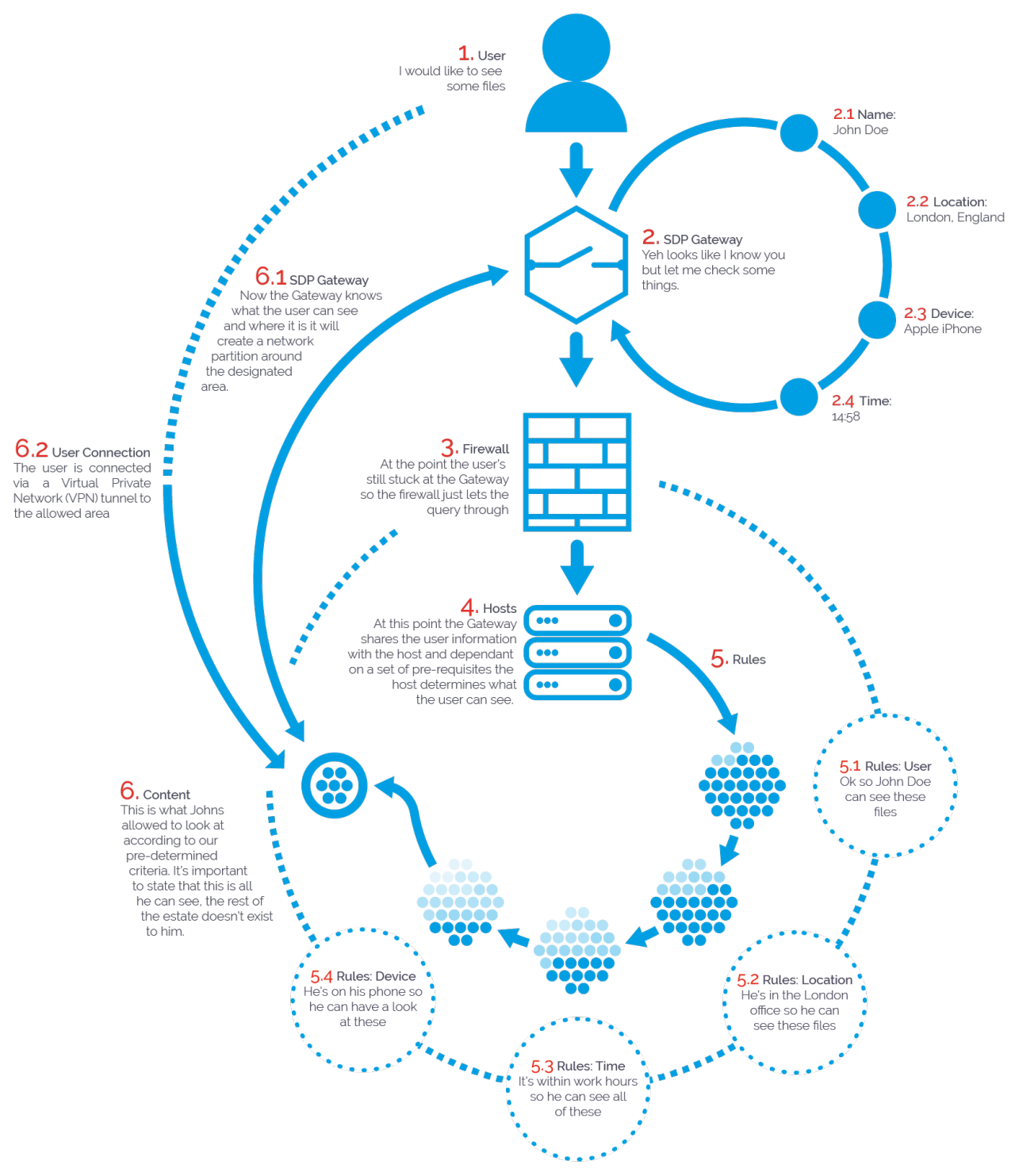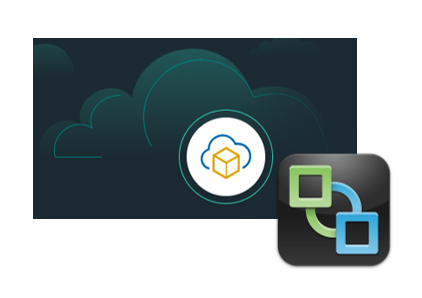Any device, anytime, anywhere… oh and keep me secure please!
by Dan Card
Current IT
Some of the top trends for 2015 in enterprise IT are focussing on cloud, security and mobility. Since Microsoft’s ‘mobile first, cloud first’ strategy announcement, followed later by VMware’s recent ‘one cloud, any application’ theme you will be hard pressed not to hear these topics being discussed. However, before we look at 2015 let’s take a look at what organisations used to do.
Back in the day
In the pre-cloud era I used to use the phrase “well managed IT”. Shocking to hear, but before cloud, orchestration and everything-as-a-service, in some organisations we operated the following models:
- Self-service request fulfilment
- A combination of automated and manual tasks depending upon the service
- Any device, anywhere, anytime and secure
- To provide a little more technical detail we used VPN’s, file/disk encryption, web publishing (usually an ISA reverse proxy), two-factor authentication, server-based computing (terminal services and Citrix metaframe/presentation server).
- User-centric computing
- Role and policy based configuration combined with roaming profiles, login scripts and intelli-mirror technologies, we designed user experiences that followed you. If you logged into our remote desktop solution the experience also followed you (customised to cater for lower bandwidth by providing a slightly reduced feature set)
- Applications that followed you. Using Microsoft systems management server we could target applications at groups, advertising the application ensuring you could use your application wherever you went. Fancy stuff!
- Self-service recovery. If your machine had a software failure that was not catastrophic we could re-image your device over the wire, or, as was our standard solution, utilise a local source. We would even run tools to try and keep your documents safe during this process. The only downside was that you had to be on the corporate network.
- Orchestration and automation. Before fancy orchestration engines and workflow tools were invented using open standards we had to settle for using our trusty notepad. We did however build scripts using standard languages, protocols data structures (xml), draw our workflows on paper (Visio) and build task based engines, using databases, files, registry and xml datasets as reference and tracking tools (we even updated configuration and user data into other systems)
- Automation. Xtravirt’s co-founder and CIO Paul Davey and I used to try to automate everything, and this is also where Xtravirt’s SONAR cloud-based analytics service emerged from. To this day I still believe in automation, so much so I wrote a quick script to read my firewall log out to me (useful? maybe less so than previous work but it kept the brain working). Even though we architected and designed the solutions, we also built the management systems and images etc. To this end we worked a lot with the operational teams to provide automated tools and processes to make the support team’s life easier.
- Configuration management
- We used a number of methods and systems, including systems management server and many bespoke scripts to maintain asset and configuration information. Again we built release management tools & processes to ensure we were in control (as much as possible) of the activities and were able to accurately report on the configuration and asset baselines of the estate.
I could probably go on forever about different areas we used to work on, however the main theme here is that we’ve been doing this over the past 10 years.
Moving into the mobile and cloud era
So fast forward to the present. We are talking cloud, enterprise mobility, software-defined everything. No longer are we making bespoke solutions in notepad, and we no longer have a host of tools to orchestrate automate and provide self-service everything, all out of the box.
While it’s true our technology capabilities have improved, what used to require some special magic now ships as a standard capability with the products. The reality is, to achieve a well-managed mobile and cloud-based model there is still a ton of effort that is required.
So can we provide access to our systems and data on any device, anytime, anywhere and in a secure manner? Well the answer is yes; we could before and we still can today. The main advances I see are we can spend more time on providing business solutions and less time writing bespoke engines cobbled together from a set of scripts.
Remember the IT landscape is still incredibly complicated with billions of transactions occurring, weaving this web together into a well-managed, efficient, cost effective and business valued service still requires more than just opening the box.
If need help along your virtualisation journey and moving into the mobile and cloud era, Xtravirt can deliver the right strategy and architecture for your business, so contact us today.

